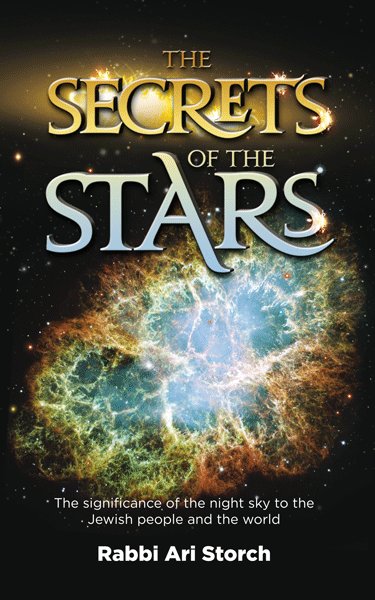Just like a map of the United States is subdivided into individual states, the entirety of the night sky is mapped out and divided. In ancient times the sky was subdivided into forty-eight distinct regions called constellations. Twelve of these had significant status because they are in the portion of the sky that the sun crosses in a daily basis. These are called the twelve mazalos (T'leh, Shor, Teomim, etc.), or the constellations of the zodiac (Aries, Taurus, Gemini, etc.). The other thirty-six occupy the other parts of the night sky. (Ibn Ezra, Reishis Chachmah 1) Interestingly the total is forty-eight, as mentioned above, and the gematria of the word kochav is also forty-eight!
There are numerous midrashim that compare the twelve shevatim to the twelve mazalos. (See Bamidbar Rabbah 13) The question one may ask is, "What, if anything, is symbolic of the other thirty-six. Perhaps, the answer can be found by looking at the children of Avraham Avinu. Avraham's primary descendants equal forty-eight in total. Of these, twelve are the twelve shevatim, and the other thirty-six are the primary other offspring. All of these offspring became great nations as we will discuss shortly.
The twelve shevatim are the obvious: Reuven, Shimon, Levi, Yehudah, Dan, Naftali, Gad, Asher, Yissachar, Zevulun, Yosef, and Binyamin. These are the most primary descendants of Avraham, thus, they are represented by the primary part of the sky. The other thirty-six are tallied by Tosefos Shantz. (Tosefos Shantz, Sotah 13a) They are the twelve nobles of Yishmael which are mentioned in the end of this week's parsha, (Bereishis 25:12-16) the fourteen leaders from Eisav found in Parshas Vayishlach, (Bereishis 36) and the ten offspring of Keturah found in this week's parsha. (Bereishis 25:1-4)
While the offspring of Yishmael and Eisav are easy to count, how one delineates only ten for Keturah is a bit confusing because the parsha lists fewer than ten actual children and more than ten when all the generations listed are mentioned. The following seems to be the method described by Tosefos Shantz. The first six are: Zimran, Yakshan, Medan, Midyan, Yishbak, and Shuach. (Bereishis 25:2) Tosefos Shantz seems to be of the opinion that the listed firstborns of these original six do not count as extra because they are considered to replace their fathers and did not form a new nation. The other grandchildren mentioned are considered to add to the greater number. If the Torah listed them, then presumably they became great nations and each nation that came from Avraham is recognized as another constellation in the sky.
Thus, Yakshan has two children mentioned; Sheva and Dedan. (Bereishis 25:3) Sheva replaces his father so the total is still six, but Dedan should presumably add to the count and now we arrive at a total of seven. Midyan had five children: Aiphah, Aipher, Chanoch, Avidah, and Elda'ah. (Bereishis 25:4) Aiphah replaces his father leaving us the younger four to add to the count. No other offspring are mentioned, other than three of the next generation born to Dedan.
The problem is clear to see, though. The total from the paragraph above is eleven and there should only be ten! Who is extra? Dedan is clearly the extra number. It is quite obvious that Tosefos Shantz must be of the same opinion as Onkelos. The pasuk mentions that Dedan sired Ashurim, Letushim, and Leumim. (Bereishis 25:3) Onkelos, however, does not understand these to be names of individuals who subsequently became nations. Rather, he translates these as being descriptive words for non-descript nomadic tribes. Since no great nation came from Dedan he is not counted in the total and we have our thirty-six!
Avraham was promised by Hashem in a few places that his children would be like the stars of the heaven. Most attribute this characteristic to Bnei Yisrael. However, from the above it is clear that all of Avraham's graet descendants find their place amongst the stellar objects. Bnei Yisrael might be the primary ones, but the other thirty-six are great in their own right. They too have descending from this great man!
In the middle of the parsha we are taught of the test that Eliezer devised in order to see who would be fit to marry his master's son. While many assume he was trying to find a girl with good attributes, some assume the entire test was baseless superstition. For more download my kuntras about astrology and superstitions
here.
Also, keep an eye out for my new book within the next month, The Secrets of the Stars.
Subscribe to:
Post Comments (Atom)


No comments:
Post a Comment